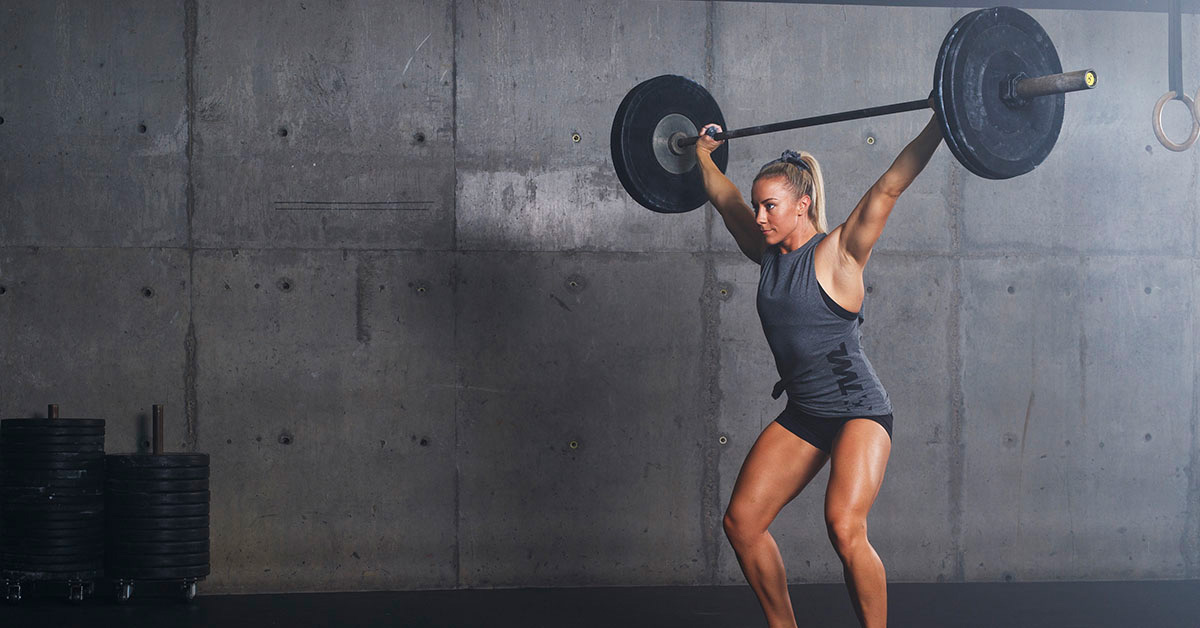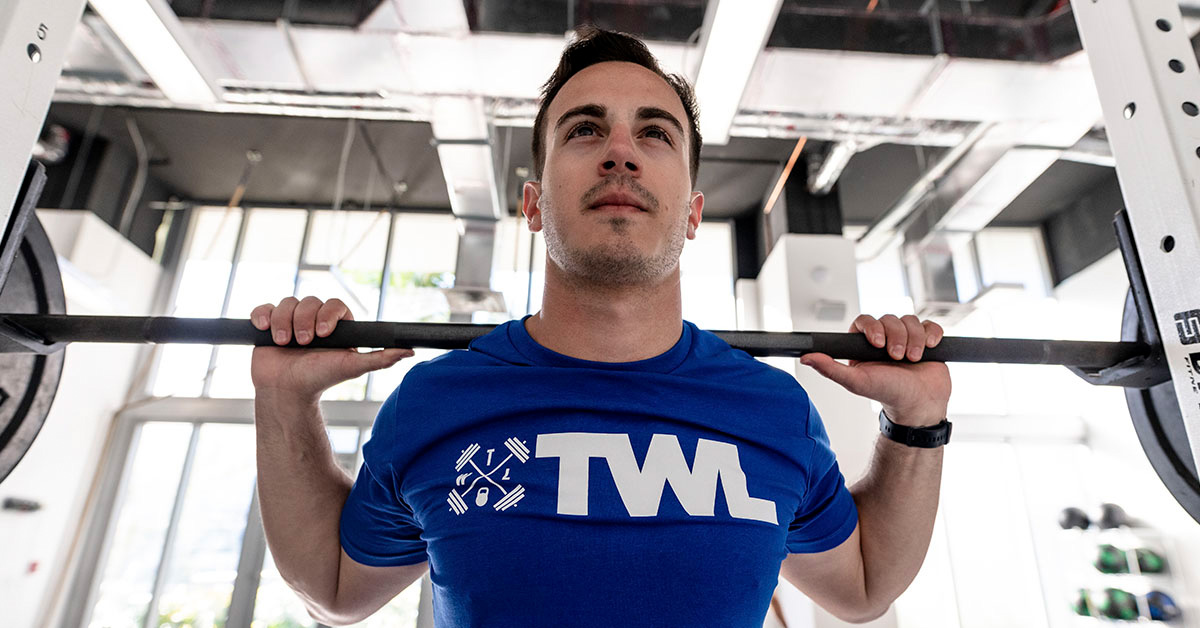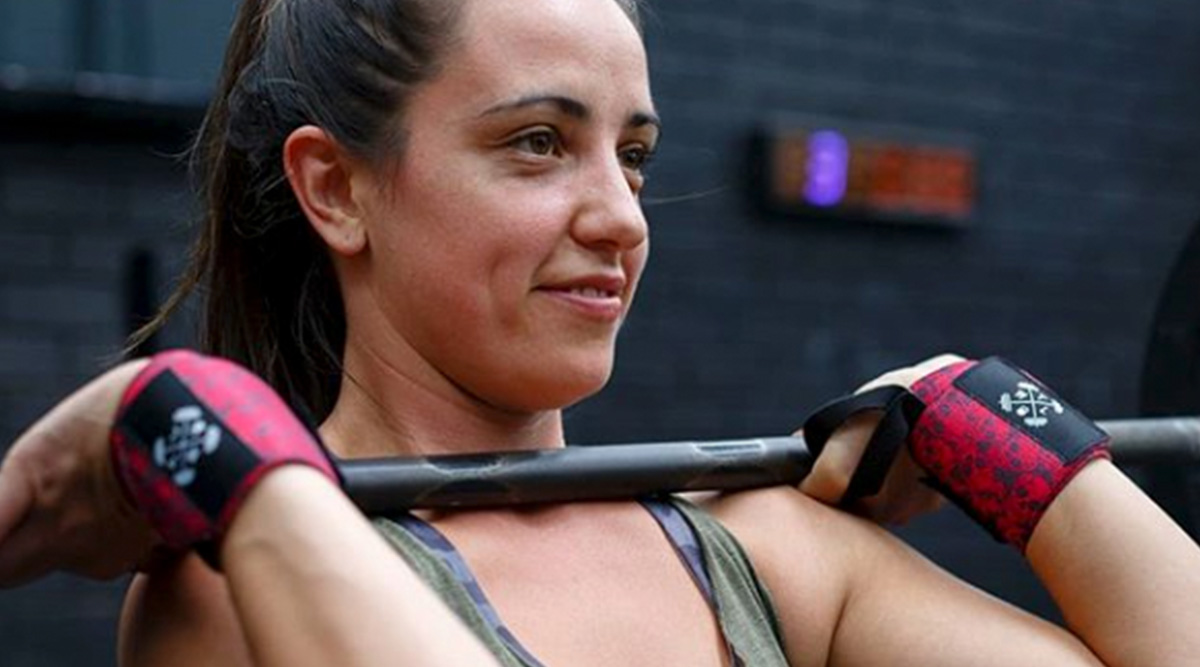You might already know that you can back squat more than you front squat. This is largely thanks to the muscles used and the fact that when the weight is loaded on the back of your body, you can move a whole lot more. But did you know that there’s still a relationship between these two squats? Yes, the numbers you lift for each are roughly connected. Let’s talk about the front squat vs back squat ratio.
Front Squat vs Back Squat Ratio: What Does it Look Like?
When we’re talking about ratios, we’re basically saying, “Okay, if you can front squat this much, then you should be able to back squat that much.” To be clear, there’s no single, definite number. Talk to five different coaches and you might get five different answers.
However, the general consensus is that you should be able to front squat 80-90% of the weight that you back squat, for the same number of reps. For example, if you can back squat 100kg for one rep, you should be able to front squat 80-90kg for one rep.
Shop Now
We want to stress that the front squat vs back squat ratio won’t always be spot on. For example, let’s say you max out both squats in a single session. You back squat 100kg but only manage 70kg for the front squat. Don’t assume something’s wrong! There are still other variables at play — how often you train each squat, what your other programming looks like, your recovery, etc.
On a related note, if you need help with your front squat, check out our front squat ultimate guide.
What if My Ratio is Way Off?
Let’s give a very extreme (and unlikely) example. Pretend that your one-rep max for your back squat is 100kg, and your front squat is 40kg. In this case, you’re front squatting 40% of your back squat, which is a little low.
One issue could be mobility. If you’re seriously struggling in the front rack position or your squat mobility is lacking (and the front squat demands more mobility than the back squat), this could hamper how much you can lift. Front squats are also very much an upper back workout, so this is something to take into consideration.
If you’re struggling with your back squat, this usually comes down to a matter of building strength, plain and simple — although you could also play around with high-bar vs low-bar squats.
Instead of taking the front squat vs back squat ratio as gospel, look at it as a guideline. It should give you an idea of what your front and back squat numbers should look like, but still leave room for flexibility. Athletes who struggle with mobility and core strength might find front squats more challenging. Athletes who have a hard time building raw strength might have a harder time with back squats.
No two athletes are the same, so ratios should always be taken with the proverbial grain of salt. Now, get to work!

















